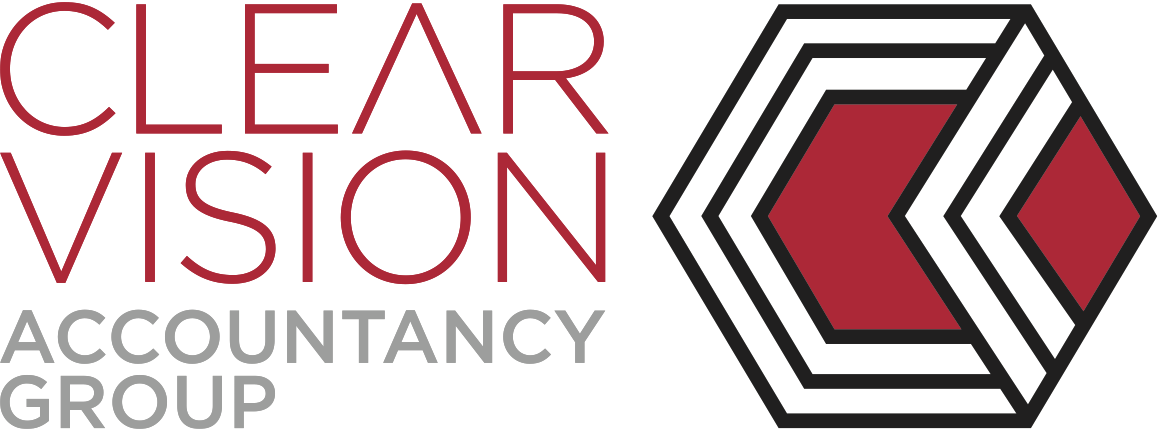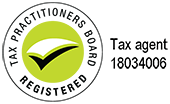Business By Design Part 4: Why you do it, not how you do it!
Ever wondered why some businesses seem to inspire loyalty, achieve amazing results and grow exponentially while others lanquish, have trouble selling their products and ultimately disappear?
In recent blogs we’ve discussed some of the bottom line issues for poor business performance including cashflow issues and lack of strategic direction but this time I want to talk about your “why” and how that may be impacting your success in business, in your personal life and in how you lead others.
According to Simon Sinek, the fundamental difference between high flying companies like Apple and pretty much everyone else is that they start with “why.”
To explain this concept Sinek has developed what he calls the “Golden Circle”. The golden circle has three layers:
- Why: This is the core belief of a business. It’s why the business exists.
- How: This is how the business fulfils that core belief
- What: This is what the business does to fulful that core belief.
What Sinek suggests, and what you’re probably starting to realise, is that most companies spend all their time focussing on the How and the What and no time on the Why.
The success of many of the world’s most outstanding companies is that they understand their Why and they are successful in communicating it to their target market and customers.
It seems the average consumer connects far better when making a buying choice with a company that demonstrates a passion for Why the provide a particular service or product than a company that only communicates its What or How.
Sinek also suggests that the same principle can be applied to our personal lives and our work. If you don’t know Why you do what you do you may never love what you do and be great at doing it.
You can find Sinek’s original TedTalk outlining the idea here. I strongly encourage you to take the time to watch it.
And if you’d like someone to talk to about developing the Why in your business please give me a call.
The post Business By Design Part 4: Why you do it, not how you do it! appeared first on Clear Vision Accountancy Group.





